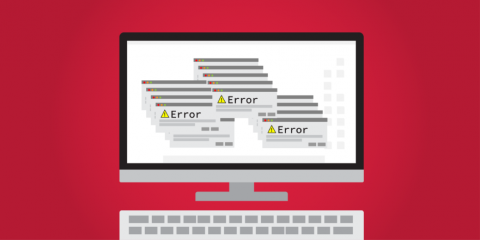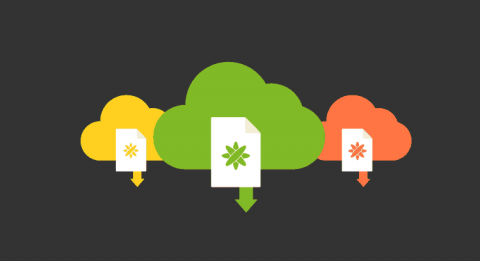HTTPS your website: which SSL Certificate to choose and where to buy
Data safety is a major concern for users when surfing the Internet. The complete knowledge of what their computer is sending across the browser to the website they are visiting might not always be clear to most users, but the reassurance that that data is in safe hands and will not be misused is sufficient.









